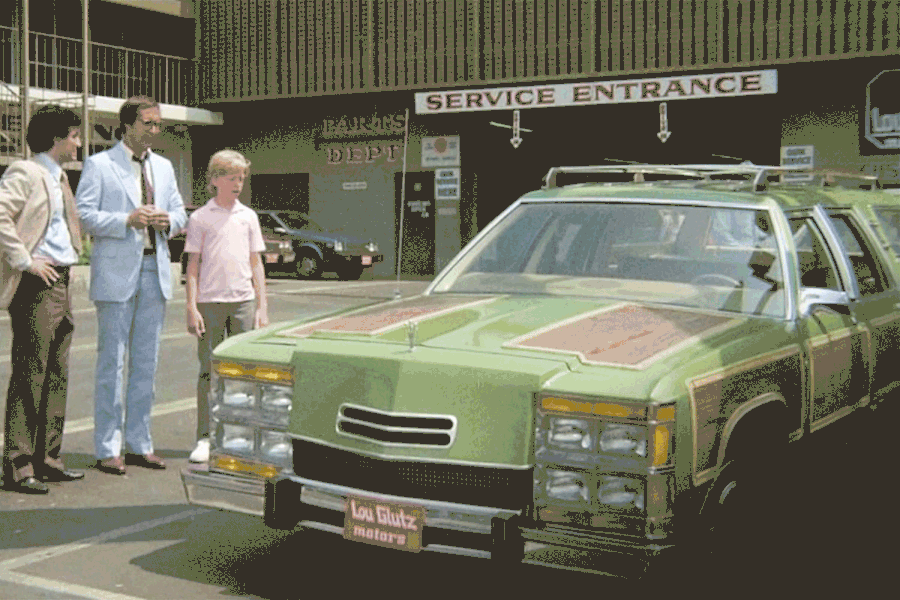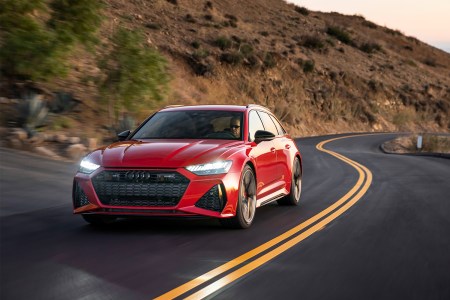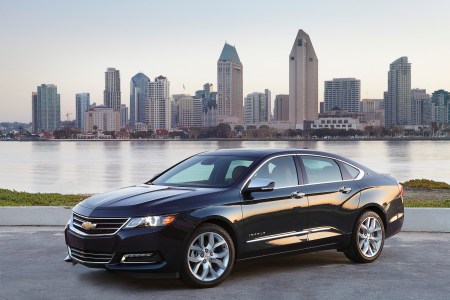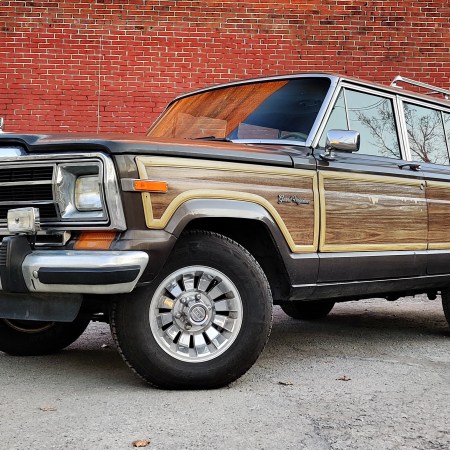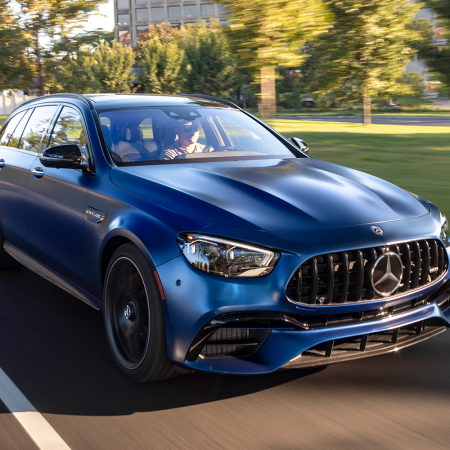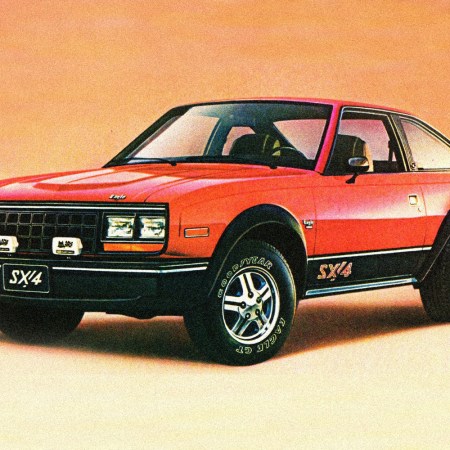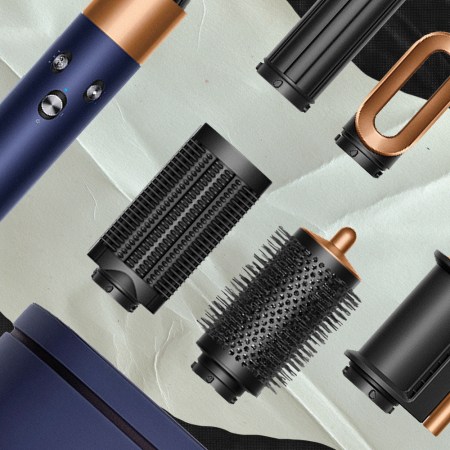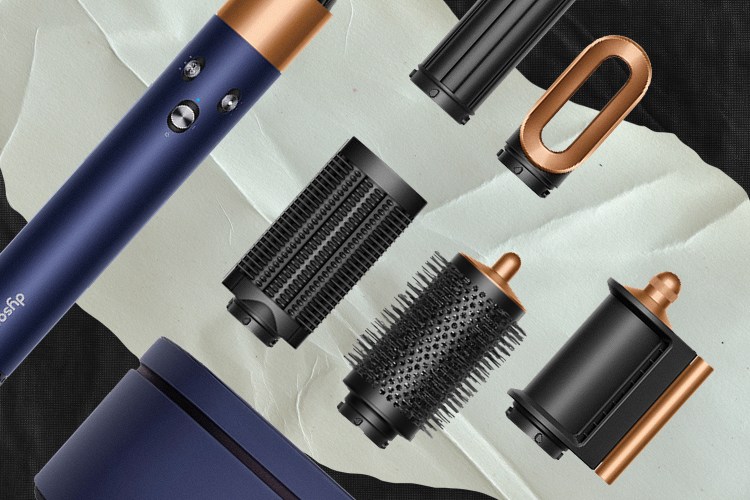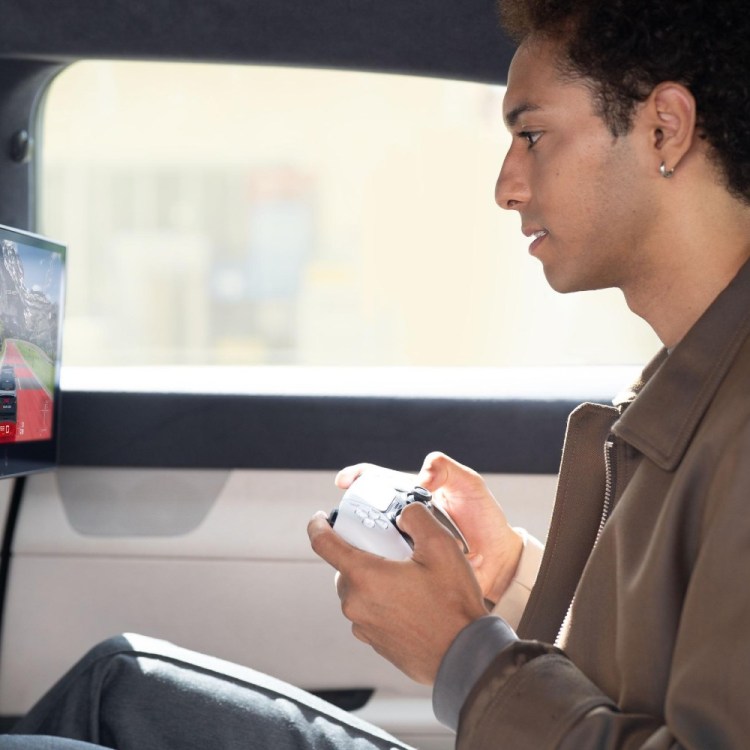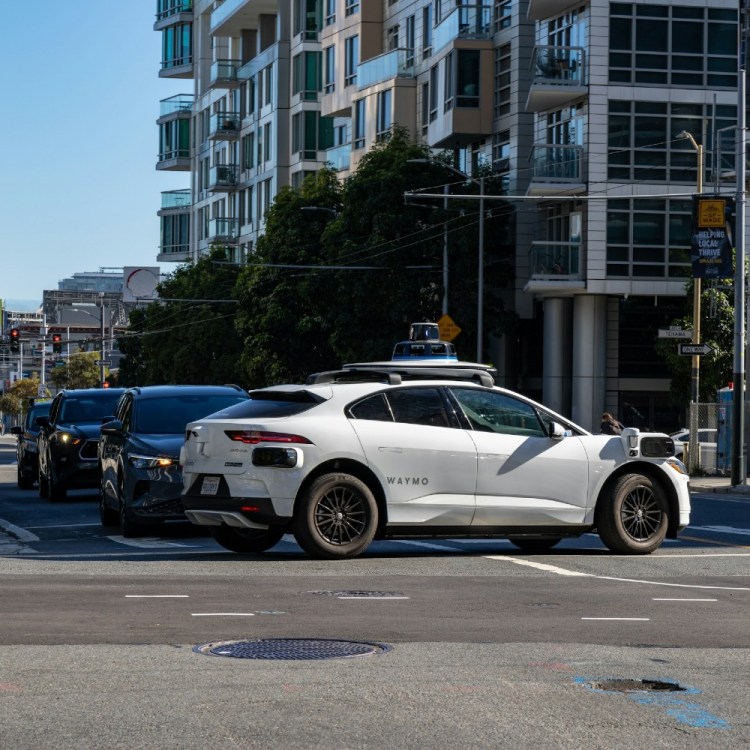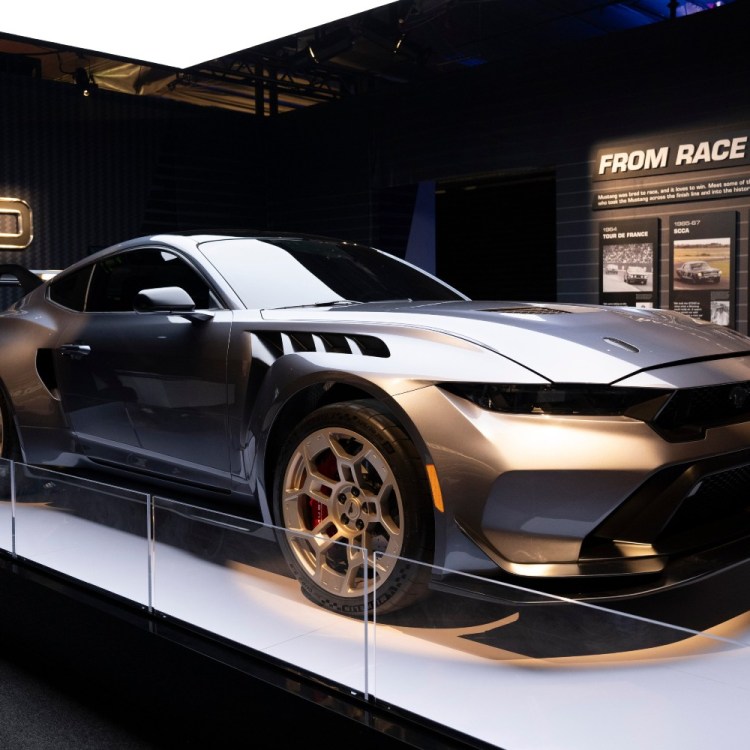As I said a heartfelt goodbye to my 2014 Subaru Impreza Sport 5-Door last September, there was something I wondered as I walked off the used car lot: where are all the station wagons?
As it turns out, in the year 2023, there aren’t that many station wagons on the road, period.
“The standard data provider for new vehicle sales doesn’t even break down wagons anymore,” says Kevin Roberts, director of industry insights and analytics at CarGurus. “Most of the time, they’ll probably end up classified as a crossover or a hatchback.”
Some data aggregators have “station wagon” as a trim or body variant, but you’ll be hard-pressed to find any meaningful separation of the category. It speaks to the bigger problem of coming up with an exact definition for the term “station wagon” — a term that hasn’t kept up with the times.
Station wagons, in the most traditional sense, are clearly in decline. American auto tastes have shifted, but many of the features that popularized the category in the past still resonate in today’s most popular models.
The Wagon, Five-Door and Hatchback Lexicon
While putting this story together, one of the most interesting and recurring conversations centered around trying to define the term “station wagon.” It’s not completely clear largely because the industry never really made it clear. Regardless of whether it’s labeled a “hatchback,” “five-door” or simply a “wagon,” a real-deal station wagon can generally be thought of as an elongated, boxy four- or five-door vehicle with a low- or mid-level driving stance, extreme versatility and, more often than not, all-wheel drive.
You might be thinking, that sounds a lot like a small SUV or a crossover! Well, you aren’t wrong. These popular modern vehicle categories can trace their heritage directly back to station wagons. (More on that later.)
Considering this perspective, was my beloved Impreza Sport really a “station wagon” at all? According to Todd Hill, Subaru of America product PR manager and a self-described wagon enthusiast, it was not.
“For a long time, the Impreza has gone back and forth between ‘five-door’ and ‘hatchback,’” he says. But according the brand, it was never technically a station wagon.
Review: The Audi RS 6 Avant Is the Antidote to All Those Cookie-Cutter Luxury Crossovers
Tired of the SUV onslaught? The long-roof is back … with some V8 hellfire to boot.In fact, even for Subaru, one of the first names that comes to mind when the average American consumer thinks of a wagon, the brand hasn’t had a vehicle classified as such since the Legacy wagon left the stable in 2007. The more robust Outback (which started as a Legacy trim option in the 1990s) was spun off in the mid-2000s as its own model, and was categorized as a “compact SUV” by 2010. The current model closest to a wagon is indeed the Impreza, which starting in 2024 will only be offered in the 5-door hatchback configuration, as that specific style currently represents more than 75% of the model’s sales, according to Hill.
Then you’ve got a brand like Audi, whose Allroad lineup checks all of the boxes for what we think of as a station wagon, but is actually classified in-house under its own “Allroad” category according to a brand rep — not a wagon, hatch or five-door. (Audi does have the RS 6 Avant, which is the only classified wagon in its lineup.)
The most traditional remaining station wagons probably stand with Volvo and Mercedes-Benz.
The Swedes’ V60 and V90 are the legacy runners of a late-‘90s/early-2000s era when wagons ran rampant and actually came in several different variants. Today, Volvo’s V60, which I recently spent a week with, keeps all of that versatility in a cushier package than years past, and offers a Polestar-engineered plug-in hybrid Recharge edition for those who want some electrified ferocity while hauling people and gear. (However, Volvo’s CEO recently said the company is evaluating the long-term viability of wagons across its lineup.)
The Germans have but one option, the E-Class All-Terrain Wagon, which when seen through today’s lens ultimately feels like a lowered crossover, with an AMG-spec version also available. The offerings from Volvo and Benz are pretty close, but represent a potentially final bastion of station wagons as a certain era of enthusiasts will remember them.
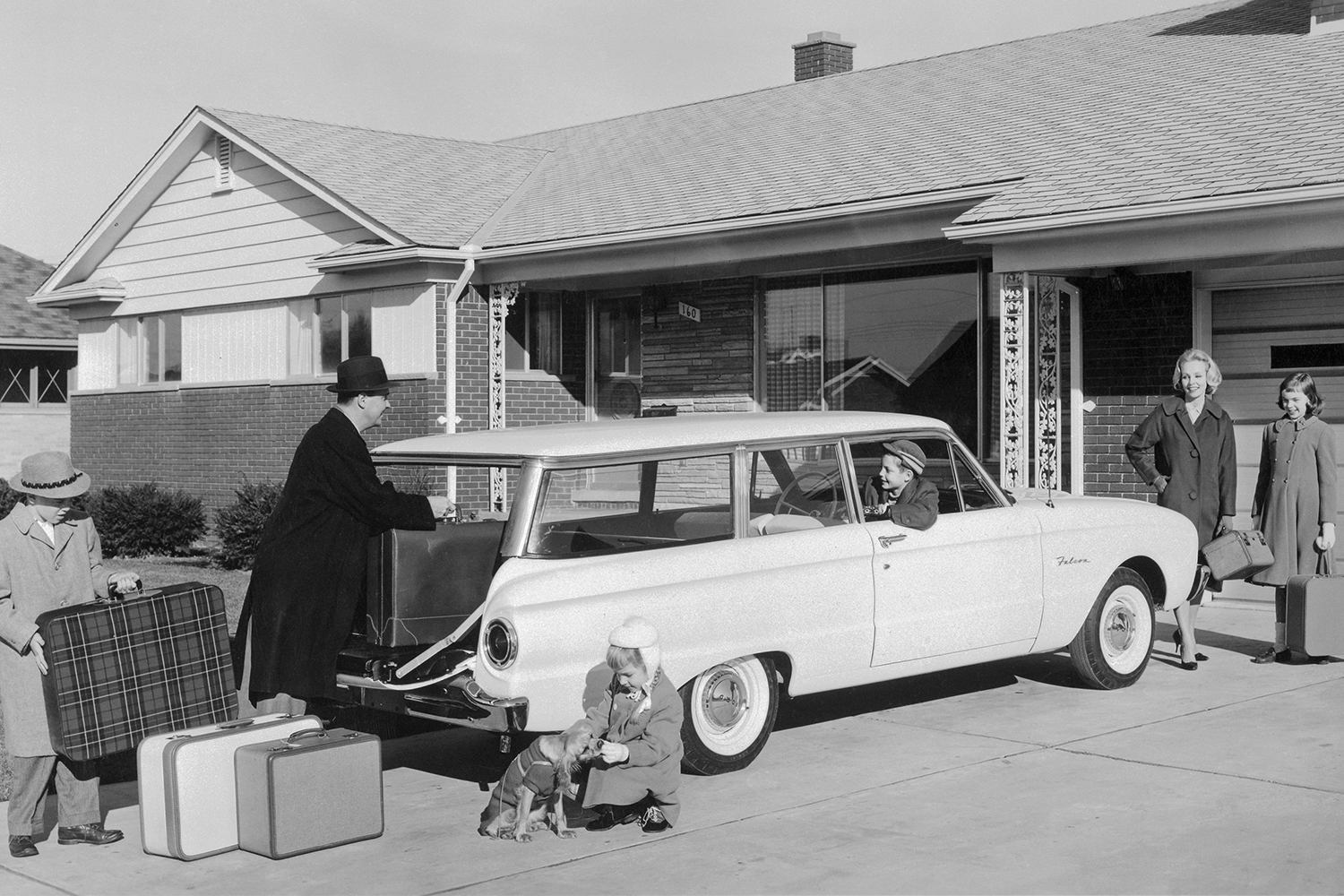
The Station Wagon’s Glory Days
Station wagons can date their earliest ancestors back to the 1920s as an extension of a particular kind of railroad utility. They really took off through the ‘30s, and then became infinitely more popular as Woodies took hold through the end of the first half of the 20th century.
However, the heyday for the wagon was the 1950s through the ‘70s as families were looking for more space to haul kids and gear as they headed off on vacations. More Americans were buying for leisure, which required more space, and the dimensions and versatility of wagons were a natural fit to meet that demand. However, once minivans arrived as a response to a national need for vehicles with better fuel economy, the wagon as a go-to choice began to wane.
“If you look at the wagon from the point of view of a vehicle with a rear-facing bench seat from the ‘80s, there’s not much of that left anymore,” Roberts says.
He does point out that “hatches” (what he describes as “the current evolution of the wagon”) are still popular in Europe for many of the same reasons they were popular in the U.S.: easy to park in tight city spaces, improved gas mileage (in modern models), reasonable price points (mostly) and space for a couple of people and weekend essentials.
For a brief period in the mid-2000s and early 2010s, car companies were putting out some pretty compelling wagon variants, especially from American makers, such as the Dodge Magnum SRT8 and Cadillac CTS-V Wagon. These were marketed to capitalize on a resurgent interest in American muscle, and were supposed to compete with European five-doors, but they didn’t sell all that well and were mostly produced in limited quantities. (Did someone say future collectible?)
The Life and Slow Death of the Sedan
A requiem for the simple elegance of the Ford Fusion, Buick LaCrosse and, of course, the Chevrolet ImpalaRise of the Crossover and SUV
What’s clear is that station wagons, hatchbacks and five-doors laid the foundation for the modern success of SUVs and crossovers. As Americans wanted bigger vehicles to match expanding appetites for space and hauling capabilities, the natural progression of elongating and lifting new vehicle designs led to the development and popularity of the modern SUV and crossover.
Small SUVs like the Ford Escape and Lexus RX were some of the first late-20th/early-21st century examples of this evolution with higher driving stances, but the same open floor plan that proved buildworthy in prior wagons. While AMC is largely known as one of the earliest crossover entrants in the early 1980s with the Eagle, the category really didn’t take off until the early 2000s through the popularity of certain Subaru models and the early-generation Toyota RAV4 (the latter has been one of the best-selling SUVs for years now).
Today, crossovers are outselling all other categories more than two-to-one as Americans gravitate towards a higher seating position, general off-road capability and an expectation of more space and flexibility than ever in their driving companion. The groundwork for all of these features, which buyers expect today, was laid in the Mercury Colony Parks and Toyota Cressidas of yesteryear.
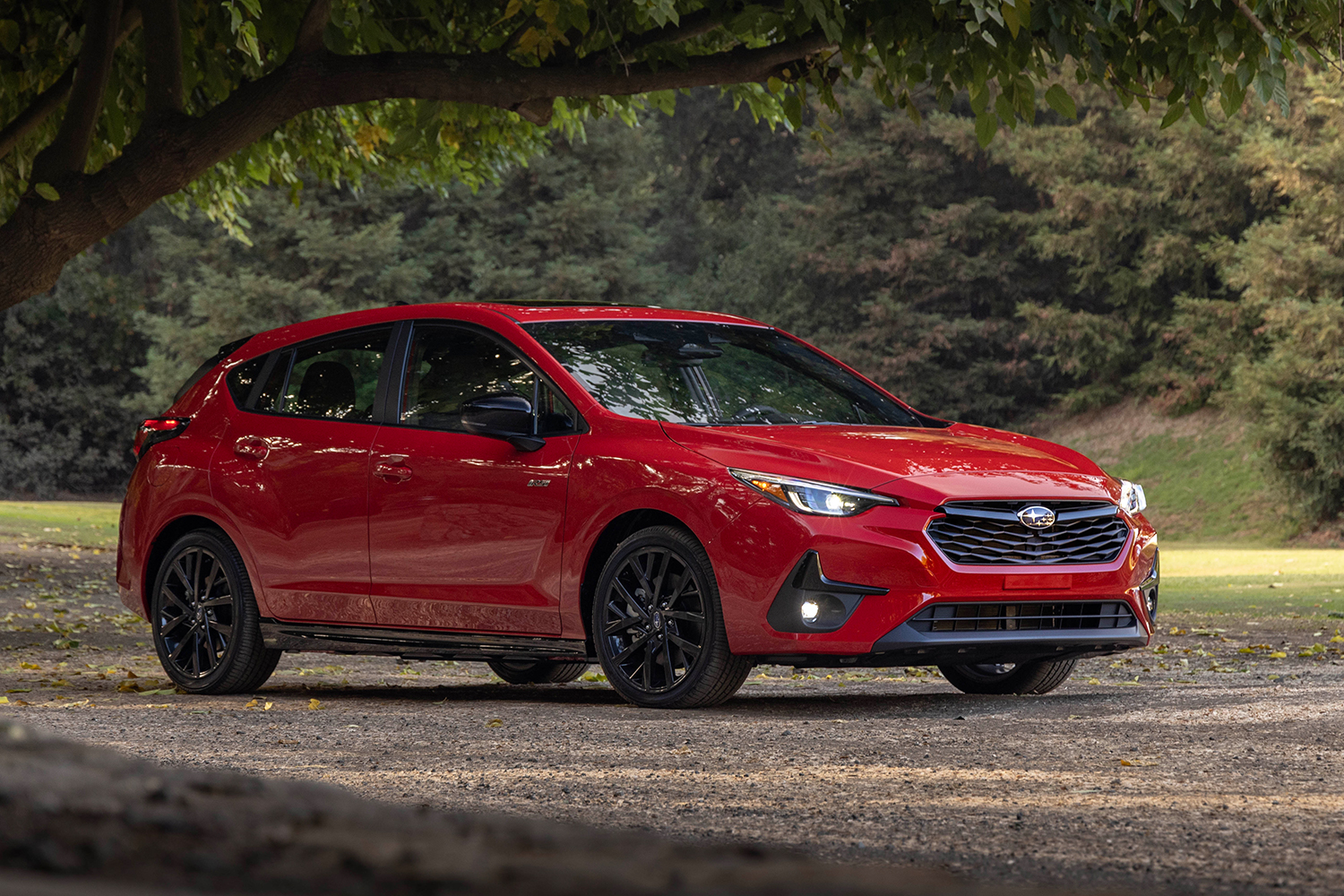
Where the Wagon Goes From Here
Realistically speaking, the wagon has drifted into a small corner of the American auto market and is likely staying there.
Today, non-luxury buyers have two options: the Impreza (which is still a wagon based on our working definition) and the Mini Clubman (a small station wagon). We’re purposely not counting some hatchbacks, like Toyota’s Corolla variant, which don’t meet certain wagon criteria. Neither of these cars is particularly exciting, but they could produce enough volume to keep the wagon segment alive for a while yet.
The luxury end of the market is probably where the style stands the best chance in the modern era. A small group of enthusiast buyers will flock to unique cars like the Porsche Panamera Sport Turismo, Taycan Sport/Cross Turismo and the aforementioned Audi RS 6 Avant — highly specialized and fast offerings with electrification options, all on the edge of, if not eclipsing, $100,000.
As crossovers continue to set the pace, the wagon will stick around, but primarily as a niche category. There simply isn’t enough room for them to exist alongside larger crossovers and SUVs catering to American demand. We’re probably heading towards a future where wagons, hatchbacks and five-doors will sit in a corner of the local dealership moving small numbers (maybe even by special order) with their compatriots: the sedan and just about anything still being produced with a stick shift.
This article appeared in an InsideHook newsletter. Sign up for free to get more on travel, wellness, style, drinking, and culture.
